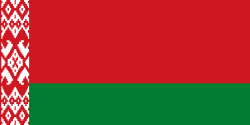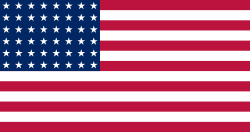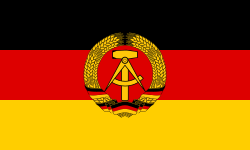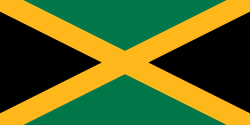Julija Něstěrenková
| Julija Něstěrenková | |
|---|---|
 Julija Něstěrenková | |
| Osobní informace | |
| Narození | 15. června 1979 (43 let) Brest |
| Stát | |
| Kariéra | |
| Disciplína | 60 m, 100 m |
| Účasti na LOH | 2004, 2008 |
| Účasti na MS | 2003, 2005 |
| Účasti na ME | 2002, 2006, 2010, 2012 |
| Některá data mohou pocházet z datové položky. | |
| Přehled medailí | ||
|---|---|---|
| zlato | Athény 2004 | běh na 100 m |
| Mistrovství světa v atletice | ||
| bronz | Helsinky 2005 | štafeta 4×100 m |
| Halové MS v atletice | ||
| bronz | Budapešť 2004 | běh na 60 m |
| Mistrovství Evropy v atletice | ||
| bronz | Göteborg 2006 | štafeta 4×100 m |
Julija Viktorovna Něstěrenková (bělorusky: Юлія Віктараўна Несцярэнка, rusky: Юлия Викторовна Нестеренко, rozená Barcevičová; * 15. června 1979 Brest) je běloruská atletka, sprinterka, olympijská vítězka v běhu na 100 metrů z roku 2004.
Sportovní kariéra
V roce 2004 nejprve získala na halovém MS v Budapešti bronzovou medaili v běhu na 60 merů. Na olympiádě v Aténách v témže roce zvítězila ve finále běhu na 100 metrů časem 10,93 s.[1][2] Také ve třech předcházejících kvalifikačních olympijských bězích zaběhla tuto trať vždy pod 11 sekund, v semifinále si vytvořila osobní rekord 10,92 s. V následujícím roce získala bronzovou medaili na světovém šampionátu v Helsinkách, kde běloruské kvarteto zaběhlo ve finále štafety na 4×100 metrů časem 42,56 s nový národní rekord. Postoupila zde také do finále běhu na 100 metrů, kde doběhla na 8. místě.
Odkazy
Reference
- ↑ DVOŘÁČEK, Marek; ROUBAL, Jaroslav. Česká diskařka těsně minula medaili. iDNES.cz [online]. 2004-08-21 [cit. 2013-05-05]. Dostupné online.
- ↑ ČTK, iDNES.cz. Královnou sprintu je žena z neznáma. iDNES.cz [online]. 2004-08-23 [cit. 2013-05-05]. Dostupné online.
Externí odkazy
 Obrázky, zvuky či videa k tématu Julija Něstěrenková na Wikimedia Commons
Obrázky, zvuky či videa k tématu Julija Něstěrenková na Wikimedia Commons - Julija Něstěrenková na stránkách Světové atletiky (anglicky)
- Julija Něstěrenková v databázi Olympedia (anglicky)
- Video z olympijského finále 2004 na 100 metrů
Média použitá na této stránce
Olympic Rings without "rims" (gaps between the rings), As used, eg. in the logos of the 2008 and 2016 Olympics. The colour scheme applied here was specified in 2023 guidelines.
Olympic Rings without "rims" (gaps between the rings), As used, eg. in the logos of the 2008 and 2016 Olympics. The colour scheme applied here was specified in 2023 guidelines.
US Flag with 48 stars. In use for 47 years from July 4, 1912, to July 3, 1959.
Flag of Second Polish Republic and later People's Republic of Poland in period from March 29, 1928 to March 10, 1980. Red shade used here is HTML "vermilion" #E34234. Proportion 5:8.
Flag of Second Polish Republic and later People's Republic of Poland in period from March 29, 1928 to March 10, 1980. Red shade used here is HTML "vermilion" #E34234. Proportion 5:8.
(c) I, Cmapm, CC BY-SA 3.0
The flag of the Soviet Union (1955-1991) using a darker shade of red.
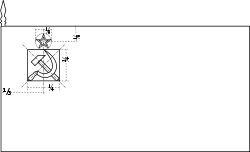
(c) I, Cmapm, CC BY-SA 3.0
The flag of the Soviet Union (1955-1991) using a darker shade of red.

Flag of Belarus 1995-2012
Flag of Jamaica. “The sunshine, the land is green, and the people are strong and bold” is the symbolism of the colours of the flag. GOLD represents the natural wealth and beauty of sunlight; GREEN represents hope and agricultural resources; BLACK represents the strength and creativity of the people. The original symbolism, however, was "Hardships there are, but the land is green, and the sun shineth", where BLACK represented the hardships being faced.
Belarus stamps no. 579, commemorate 2004 Summer Olympics champion in the 100m Yulia Nestsiarenka.
